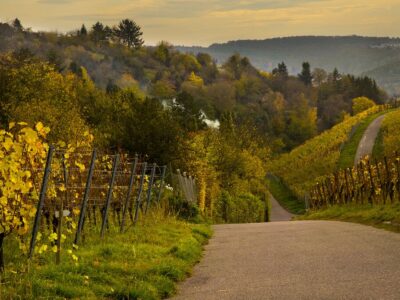
There's more to early autumn in Germany than liters of beer and oompah bands. September is a lovely time to explore the country's quieter natural environs once the summer crowds have dissipated, with meandering drives in the Black Forest and 13 wine regions and activities in the Alps before the snow arrives.
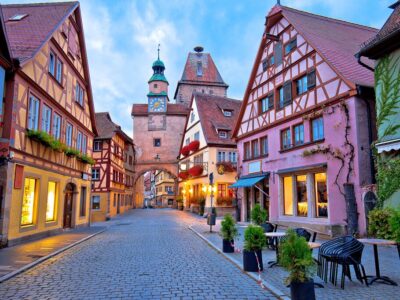
August is in the thick of Germany's high season when many Europeans are on holiday, putting an extra fun (and busy) spin on city activities and events, like a two-week music festival in Berlin. Or, opt for peace and quiet at any of the numerous outdoor attractions and national parks, from the Bavarian Alps to the Baltic coast.
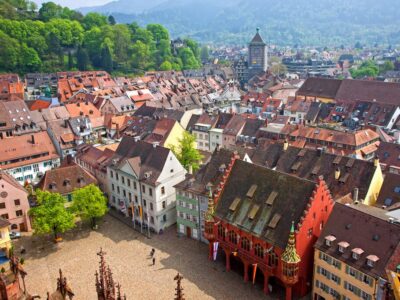
Germany has a broad offering of experiences, from modern cities to medieval towns, fairy-tale castles and forests, and even beaches. Two weeks will allow you enough time to get to know the country well, though you can still get a lot from a shorter trip. One week allows for a German "sampler," and even in as little as five days, you can fit in a variety of sights.
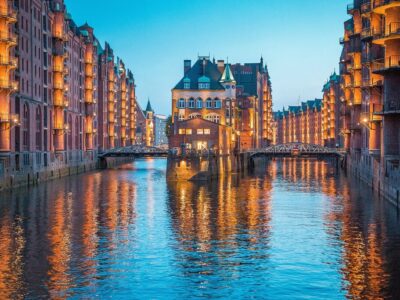
March is the hopeful transition toward spring with milder temperatures for exploring Germany's cutting-edge cities. Meanwhile, winter sports enthusiasts will still have plenty to keep them active in the Bavarian Alps, perhaps capped off with a strong beer festival in Munich.
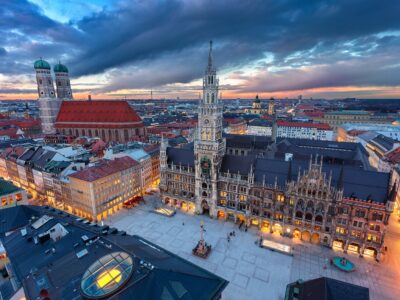
January is a quiet month to visit Germany's famous cities and cultural sites, with appealing prices and few crowds. It's also a great time to trade in the Glühwein for calorie-burning activities in the Bavarian Alps. Or, kick back at one of the thermal baths sprinkled around the country, from the medieval city of Cologne to a spa town near the border of France.
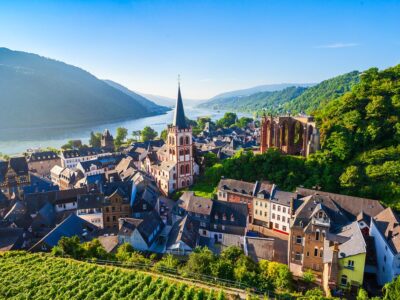
Steeped in history, Germany is a beautiful year-round destination that melds cutting-edge cities, outdoor adventures, and distinct festivals celebrating everything from ski jumping to classical composers. Winter is best for minimal crowds, while the summer months—along with Oktoberfest and Christkindlmarkt—are major draws. Then, there are the two reliable shoulder seasons with mild temperatures and off-peak prices for exploring everything from spas in the Black Forest to dunes on the Baltic Sea.
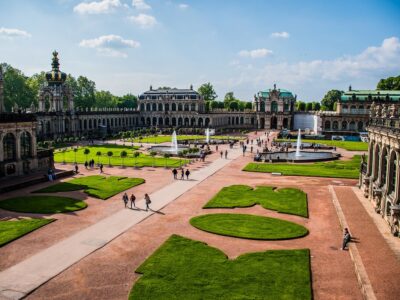
Without a doubt, May is one of the very best months to travel throughout Germany, thanks to the supreme spring weather. It's also before the summer crowds arrive, leaving you perfect conditions for enjoying a wide range of popular attractions and local festivals celebrating everything from white asparagus to cherry blossoms.
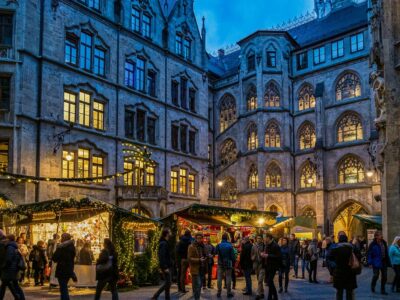
December in Germany is that special time of year when charming outdoor markets, or Christkindelsmarkt, pop up across the country. You won't have to travel far to find gingerbread and Glühwein from Hamburg down to the Austrian border in the shadow of the mighty Zugspitze (Germany's tallest peak). While you're in the Bavarian Alps, head to the lively ski resorts, which open this month just in time for the holidays.
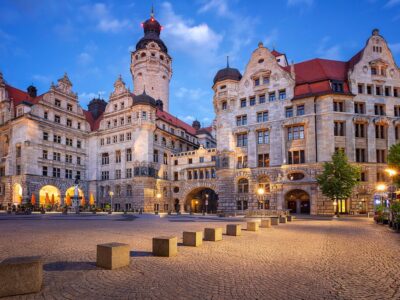
June is a spectacular time to visit Germany, with great weather and the longest days of the year—which means more time for exploring city attractions and scenery in the form of mountains, rivers, forests, and lakes. Summer tourists begin to trickle in this month, but you're still ahead of the peak crowds, especially in the first half of the month.
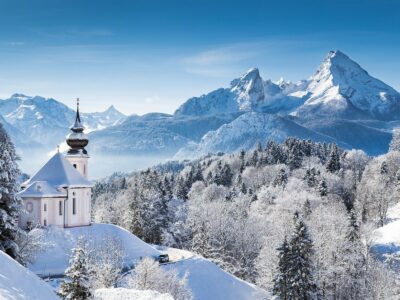
With the right winter coat, February is an ideal time to visit Germany if you prefer light crowds and lower prices. Get a culture dose in one (or more) of the exciting cities and then pair the trip with activities in the Bavarian Alps, from downhill skiing to exploring castles topped with a fresh coat of powder—not a bad idea for Valentine's Day.
